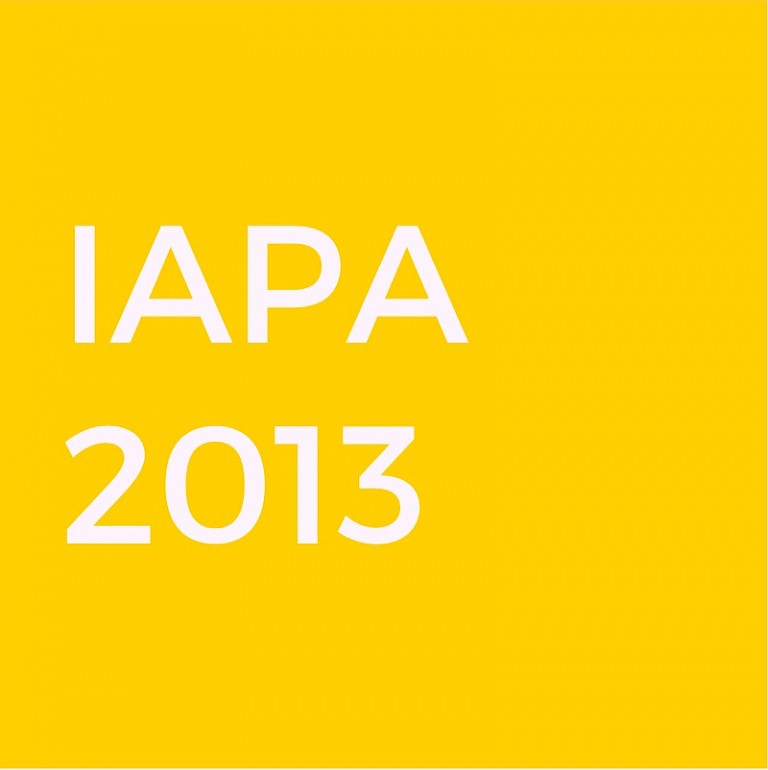



The entire Yamuna walk took Bhalla 4 days to complete, and involved extensive engagement with local communities living along the river, including fishermen, farmers and villagers washing their clothes and planting watermelons. Initially, some of the public responses were a little apprehensive due to the presence of Bhalla’s camera. Locals appeared to wonder, What have we done wrong? However, as the artist persisted in his walking, and spent time conversing with those he encountered, apprehension gave way to curiosity, with many expressing a great deal of interest in his activities. Apart from photographing the Yamuna and the communities alongside it, Bhalla also kept a written diary, recording the journey with a sparse arrangement of text, a sort of documentary-poetry. The entry for 23 January (11:30am) for example, contains fragments such as “palla-northern border-delhi?-sand-and sand-space-mine-space-flow…”
Yamuna Walk concluded with a sculptural installation of toilet/sanitary products arranged in spiral formation on the riverbank. Bhalla’s extensive documentation was presented at the KHOJ studios in the form of a photo narrative, together with an overflowing toilet rigged with a video camera feeding expressions of disgust on the faces of visitors to the toilet through to a projector located just outside. While many of the photographs provide ample evidence of the pollution of the Yamuna, several have been described as “picturesque.” The picturesque images relay the artist’s sense that perhaps all is not entirely lost, that the Yamuna is not altogether dead, and that with sufficient will, Delhi residents might begin to think differently about the river such that it regains a foothold in the consciousness and priority of a city.
All copyright belongs to Shanghai Academy of Fine Arts, Shanghai University.



